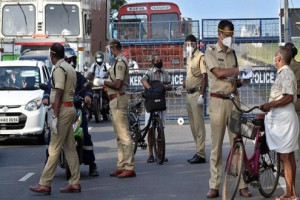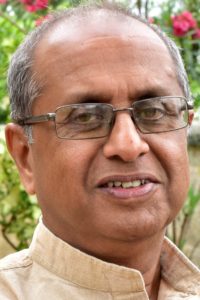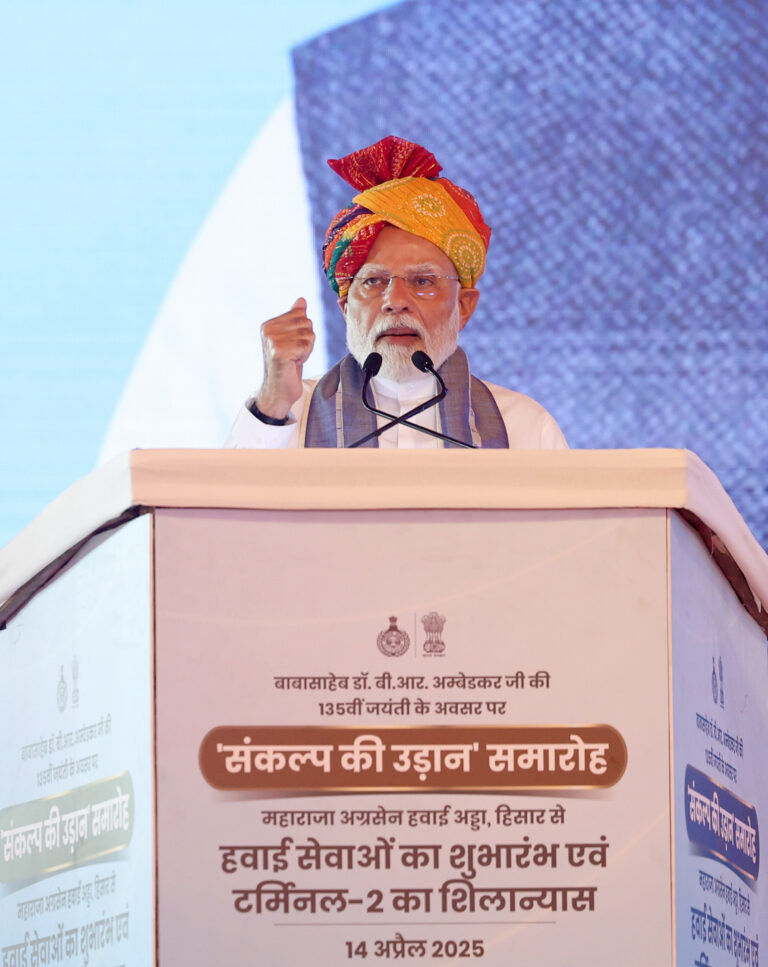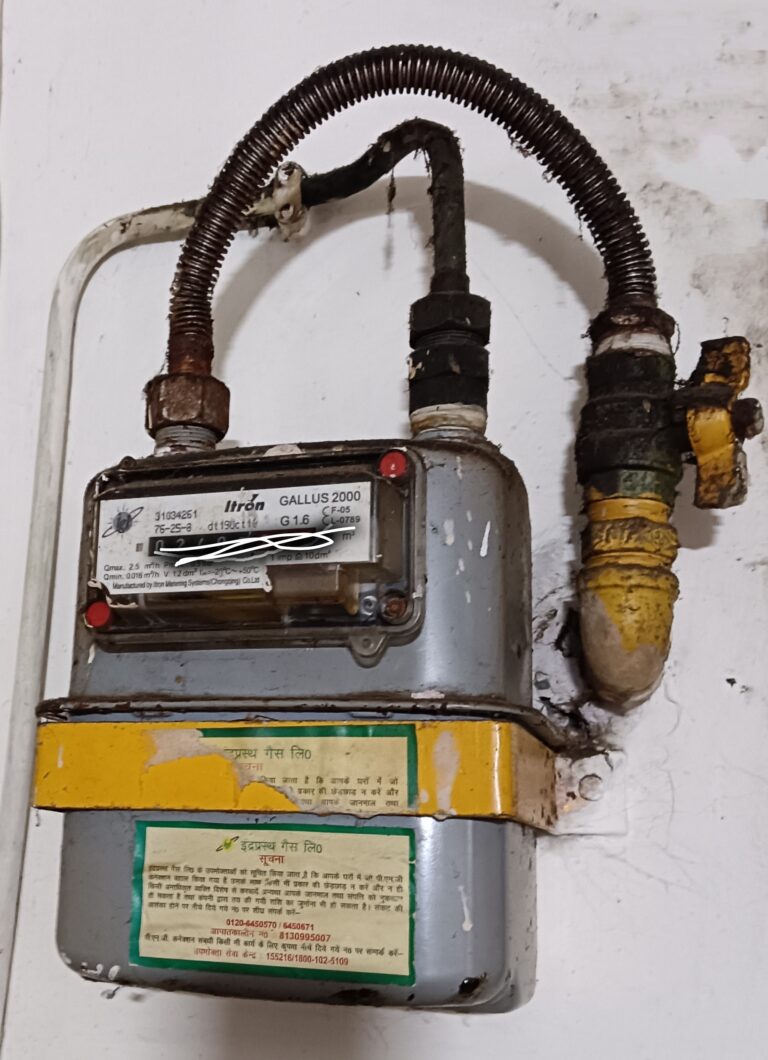
 By Shankar Raj*
By Shankar Raj*
Success seldom leads or results in failure. But ironically that seems to be the rare case in Kerala’s battle against Covid-19 virus. First came the huge success in keeping the virus under a tight leash during the first wave, but during the second wave, the devilish virus had the last laugh in God’s Own Country.
Kerala is in the national spotlight with the state accounting for nearly 70% of new Covid-19 cases in India. It has also revived a debate on the Kerala model of Covid management, as cases continue to surge amid lockdown relaxations while the other states that lifted restrictions much earlier report less number of cases. While other states have started opening up schools and colleges and entertainment facilities theatres, gyms and pubs, Kerala is still on a shutdown mode.
The Centre has now warned the state government about the alarming rise in Covid-19 cases. It has asked to follow a fivefold strategy of ‘test-track-treat-vaccinate and ensuring Covid appropriate behaviour’ in containing the pandemic, without which not only the state but even neighbouring states will be adversely affected.
According to AIIMS director Dr. Randeep Guleria, the big danger is that as the virus spreads in Kerala, it may undergo mutations and spread to other states where Covid has been successfully kept under control. The state is also recording a high percentage of breakthrough infections (vaccinated people getting infected) indicating that a new variant may be in play.
So what went wrong? Kerala did extremely well in checking the virus during the first wave by ‘locking’ up people indoors through strict lockdowns. There were days last year when the state reported nil Covid cases and deaths. Everyone, including international agencies, lauded Kerala’s efforts. That was the success story that the state played up.
But the strict measures had a hidden faultline. A year down the line over 55% of the population did not have antibodies against the virus. On a national scale, 60% of the population had by then developed antibodies, thus checking the spread of the virus. This also meant that the people in Kerala strictly followed Covid protocols and truly remained indoors. Today, the virus does not have any place to run except in Kerala where the said 55% of the population are sitting ducks.
Said an expert: “Kerala has about 50% of its population still susceptible to the novel coronavirus as against about 30% across India. The state’s strategy of flattening the curve ensured that its healthcare infrastructure has not collapsed but the vulnerable population as a percentage of the total population is clearly much higher in Kerala”.
The state government has now decided to conduct a seroprevalence study in the state to estimate the population-level immunity, to get insights into the dynamics of the Covid-19 pandemic and suggest various strategies for prevention and control of the disease – a move that should have been done over four months ago.
The biggest mistake that the Kerala government made was the state did not utilise the lull period of the viral spread to quickly vaccinate its population. Experts pinpoint that the State government did not initiate steps for a mass vaccination campaign at the right time; with prevalence being low in the state, the right step would have been to vaccinate people before the spread of the disease during the second wave.
The state also failed in using the wide network of private hospitals to speed up vaccination drive and also in pressurising the Centre to allot more vaccines in the initial days.
In simple words, the state slept over its initial success.
The state also bungled on its lockdown easing strategies. Shops were allowed to open on alternate days while keeping other outlets like cell phone shops, repair shops etc closed. On Fridays, all shops were allowed to function. This almost resulted in a stampede on Fridays with people throwing Covid protocols to the wind and coming out in a festive spirit. As a result, the state started seeing a spike on three days of the week – starting Tuesdays.
Next came the flip-flop policies of the government. At first, the government ‘locked’ up people above 60 and those below 10 indoors. In the second wave, the government instructed all those who were not vaccinated to remain indoors, indirectly saying that those above 60 can venture out as they had by then taken two shots of the vaccine.
Then, in the initial wave, the government picked up all those infected and put them in state-run Firstline Treatment Centres. After some time, the government gave up on this idea and encouraged infected patients to undergo home quarantine. That was another flaw. There was no mechanism to ensure that home quarantine rules were strictly followed except for a few phone calls from the local health workers.
The government then gave up on this idea too with some exceptions. Moreover, the First Line Treatment Centres were mostly inactive during the second wave. With patients infected by delta variant virus staying at home, home clusters formed in large numbers leading to a spike in cases. Today, the spike in cases is due to patients in home quarantine. Over 35% of the fresh cases were due to clusters formed due to home quarantine.
Health minister Veena George has confirmed that at least 35% Covid-19 cases being reported in Kerala now were owing to transmission of the novel coronavirus at homes as the home care protocols were being violated.
All this led to a spike in numbers. But Chief Minister Pinarayi Vijayan says that the spike in Covid cases post Onam is in line with the projections made by the expert committee and there is no need for panic at this point as the number of serious cases is not rising. But it is easy for armchair experts to blame Bakrid and Onam for the spike. No, that is not the case. The virus had already started running amok among the people who did not have antibodies.
Next, instead of focusing on micro-containment zones, the state had followed a scientifically wrong strategy of Test Positivity Rate (TPR)-based lockdown in local bodies for several weeks. Despite repeatedly pointing out that it was a wrong strategy, the state government was adamant. Finally, the government saw sense, though a bit late. The government has now adopted the right strategy by deciding to enforce lockdown on all local bodies where the weekly infectivity per population (WIPR) is more than 7%.
The latest is that the government has imposed night curfew on all days between 10 pm and 6 am and complete lockdown on all Sundays. But the government has no justification for such a move because most of the towns and villages in Kerala ‘sleep’ by 7 pm. Except probably in Kochi and Kozhikode cities, there are no nightlife activities in other places.
Another flaw is that contact tracing and isolation in a scientific manner — the key to controlling infection in the first wave — have drastically come down. The state has promised to increase testing, which has come down from 2 lakh tests/day to less than 1.5 lakh tests/day, but experts believe it is too late now.
“An aggressive testing strategy was good till we were testing, contact tracing and isolating patients but that is not happening now. We have now reached a stage where it is meaningless to increase testing. The other states could also not be testing enough,” said Dr A Sukumaran, former state epidemiologist who was quoted in the media.
Another issue is that senior IPS officers have been assigned to monitor Covid containment in all districts. Additional SP-level officers have been assigned to coordinate Covid management in districts. Medical experts have been sidelined. It is a team of ‘experts’ mostly comprising bureaucrats and police officers who fashion the Covid containment strategies.
But the CM is confident. “From the initial days, our efforts were focused on protecting maximum lives. That yielded results and our case fatality rate is only 0.51% . The number of cases is still high because there are a lot of uninfected persons in our state,” he said.
But here too the facts are not fully laid out on the table. In one and a half years, nearly 12k Covid patients died. But in the last 75 days, over 8k patients have succumbed to the virus. Critics say in the first wave many Covid deaths were just not registered, but when the death reporting system was shifted to local level, the numbers started to alarmingly rise.
The state has now decided to give more focus to tackling serious Covid cases and handling patients who are aged and having co-morbidities rather than stressing on the daily number of cases as the percentage of critical cases has come down in recent weeks.
This is seen from the occupancy rate of ICU and ventilator beds. Demand for ICU beds has halved when compared to the peak of the second wave though active cases are almost near that level. This is mainly due to the effect of vaccination.
Despite the worsening situation, Pinarayi Vijayan says that Kerala is a model state with regard to Covid management. “Renowned experts like Jayaprakash Muliyil and Gagandeep Kang have congratulated the state government’s containment efforts,” he said.
The CM also pointed out that Kerala is one of the most successful states in the vaccination drive. Over 2.80 crore doses have been distributed as of August end with 2.03 crore people receiving at least one dose. All above 18 years will be vaccinated by the end of September, claims the CM.
Moreover, unlike in other states, patients in Kerala did not die because of the inadequacy in treatment facilities like short supply of Oxygen or lack of ventilators.
But healthcare experts have another take on the Kerala strategy. They say there are multiple factors for the situation, like how many susceptible people are there, how many of them are vaccinated, how are they behaving and what is their living condition and travel pattern.
“The epidemiological triangle of agent, host and environment is also pertinent here, with the virus being the agent and people host. An environment or the weather factor that allows droplets to stay in the atmosphere for a longer period is also important. We must also bear in mind that not all facts about this virus are known; there could be some unknown contributing elements as well,” Dr Rajeev Jayadevan, vice-chairman, research cell, Kerala State Indian Medical Association, was quoted in the media.
In the second wave, the state had its peak in mid-May with over 40,000 daily cases and TPR touching 28% but the healthcare system withstood it. The state has been on a higher plateau of 16,000-18,000 daily cases and a sustained TPR of around 11-12% since then. The cases are peaking again now, but can the state once again handle the surge?
The Centre has now insisted that containment zones need to be defined as per Centre’s guidelines with a special focus on the high transmission clusters. The buffer zone around the containment zone needs to be identified clearly, and passive surveillance needs to be enhanced to detect any spill-over of cases from the containment zone.
It also said contact tracing effort should be further scaled up to ensure that at least 20-25 contacts per positive case are identified and all contacts thus identified are put under quarantine. Targeted testing needs to be enhanced in containment zones and especially cover high-risk contacts. The state should ensure enhanced genomic surveillance in areas of high and sustained transmission. Samples of all cases of vaccine breakthrough infections and reinfections need to be sent for genome sequencing positively. In addition, clinico-epidemiological assessment of all such cases needs to be done promptly. Once assessed, results of such assessments need to be shared with the National Centre for Disease Control.
Meanwhile, the Opposition parties in Kerala have stepped up their attack on the state government over the increasing cases. Both Congress and BJP have alleged that it was the inefficiency in taking effective steps to prevent the spread that led to the present situation.
“The system has failed. The government is silent on what has gone wrong. The government is covering up the cases since they are doing only antigen tests. If RT-PCR tests are done then there will be more cases detected in the state,” said opposition leader V D Satheesan.
Former opposition leader Ramesh Chennithala said the government, which has been boasting about the state model initially, has now gone back in the fight against the pandemic. “It is the failure from the party of the government in foreseeing the danger that has led to the present situation. The government is also going back from the free treatment provided to all in the government hospitals. Similarly, the government has gone back in checking the virus spread. The chief minister should publicly apologise to the people of the state for the failure,” he said.
BJP state president K Surendran said when the entire country has fought well against the pandemic successively, the only state in the country which is yet to overcome the fear is Kerala. The unscientific approach in dealing with the fight against the pandemic and flouting all the central guidelines are the main reasons for it, he said.
According to both medical experts and the Centre, September-October would be crucial for Kerala. Only time can tell.
*Shankar Raj is former Editor of The New Indian Express, Karnataka and Kerala, and writes regularly on current affairs.





